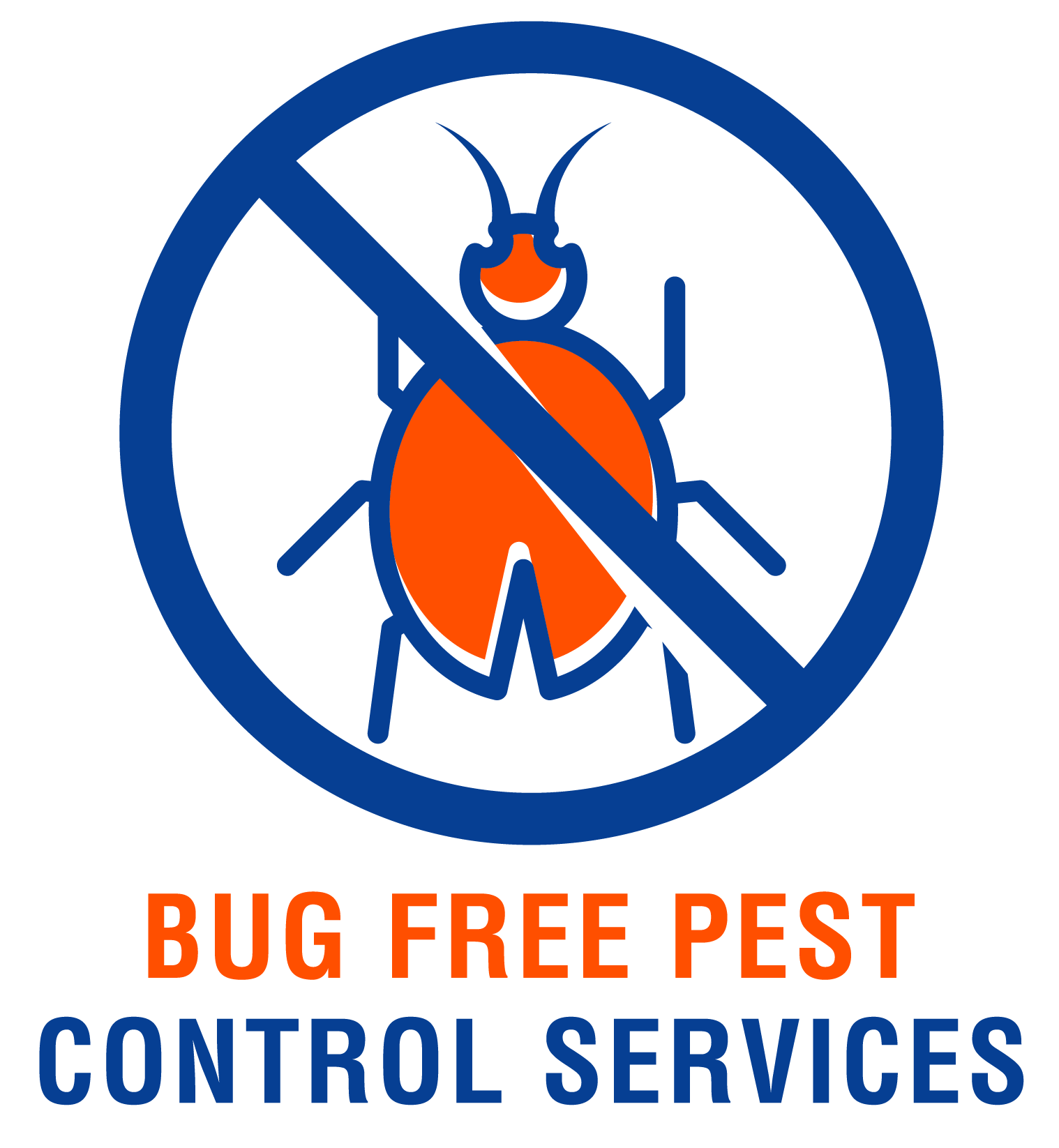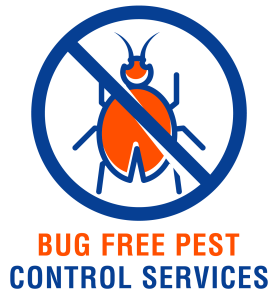Welcome, gardener! If you’ve been dealing with pesky earwigs invading your garden, fear not – there are effective methods for eliminating these critters. By implementing a few simple strategies and being proactive in your approach, you can say goodbye to unwanted earwig guests and enjoy a thriving garden once again. Let’s explore some of the best ways to tackle this common garden pest. Are you tired of finding earwigs in your garden? Don’t worry, you’re not alone! In this article, we will discuss effective methods for eliminating earwigs in the garden so you can enjoy your outdoor space without these pesky insects bothering you. Let’s dive in!
Understanding Earwigs
Earwigs are small insects with pincers on their abdomen, known as cerci. They are active at night and typically hide during the day in dark, damp places such as under rocks, mulch, or in your garden soil. While earwigs are not known to cause significant damage to plants, they can be a nuisance when they infest your garden in large numbers.
What Attracts Earwigs to Your Garden
Earwigs are attracted to moisture and organic matter. They often find their way into gardens in search of shelter and food. Common attractants include:
- Moist soil: Earwigs thrive in damp environments, so overwatered plants or areas with poor drainage can attract them.
- Mulch: Organic mulch provides a cozy hiding spot for earwigs during the day.
- Decaying plant matter: Dead leaves, fallen fruits, and other organic debris can serve as a food source for earwigs.
Understanding what attracts earwigs to your garden can help you take preventive measures to keep them at bay.
Natural Ways to Eliminate Earwigs
If you prefer to use natural methods to eliminate earwigs in your garden, there are several options available to you. These methods are safe for the environment, humans, and other beneficial insects in your garden.
Diatomaceous Earth
Diatomaceous earth is a natural product made from fossilized remains of diatoms, a type of algae. It works by absorbing the oils and fats from the exoskeleton of insects, causing them to dehydrate and die. To use diatomaceous earth for earwig control:
- Sprinkle a thin layer of diatomaceous earth in areas where earwigs are active, such as under pots, in cracks and crevices, and around the perimeter of your garden.
- Reapply the diatomaceous earth after rainfall or watering, as it can lose its effectiveness when wet.
Neem Oil
Neem oil is a natural insecticide derived from the seeds of the neem tree. It works by disrupting the hormonal balance of insects, preventing them from feeding and reproducing. To use neem oil for earwig control:
- Mix neem oil with water according to the manufacturer’s instructions.
- Spray the solution on plants and areas where earwigs are present.
- Reapply the neem oil every 7-14 days or after rain to maintain effectiveness.
Beer Traps
Beer traps are a popular method for trapping and eliminating earwigs in the garden. Earwigs are attracted to the scent of beer and will crawl into the trap, where they drown. To create a beer trap:
- Bury a shallow container, such as a yogurt cup or tuna can, in the ground so that the lip is level with the soil.
- Fill the container with beer, leaving about an inch of space at the top.
- Check and empty the trap regularly, as it can attract other insects as well.
Using natural methods to control earwigs in your garden can be effective and safe for the environment. Experiment with different options to see what works best for your situation.
Mechanical Control Methods
In addition to natural remedies, there are mechanical control methods you can use to reduce the earwig population in your garden. These methods may require more effort but can be effective in the long run.
Handpicking
Handpicking is a simple but effective way to remove earwigs from your garden. Grab a pair of gloves and a container of soapy water, then:
- Check plants, pots, and other hiding spots for earwigs.
- Pick them up by hand and drop them into the soapy water to drown.
- Repeat this process regularly to keep the earwig population under control.
Traps
Traps can be an effective way to lure and capture earwigs in your garden. There are different types of traps available, including:
- Cardboard traps: Roll up a damp newspaper and place it in the garden in the evening. Earwigs will crawl into the newspaper to hide during the day, allowing you to collect and dispose of them in the morning.
- Tunnel traps: Create tunnels using cardboard or PVC pipe enclosed in a plastic bag. Earwigs will crawl into the tunnels seeking shelter, making it easy to remove and discard them.
Mechanical control methods can be labor-intensive but can provide long-term relief from earwig infestations in your garden.
Chemical Control Options
If natural and mechanical methods have not been effective in controlling the earwig population in your garden, you may consider using chemical control options. When using chemical pesticides, it is essential to choose products that are safe for plants, pets, and beneficial insects.
Insecticidal Soap
Insecticidal soap is a natural pesticide made from potassium salts of fatty acids. It works by suffocating insects on contact, making it an effective option for controlling earwigs. To use insecticidal soap:
- Mix the soap with water according to the manufacturer’s instructions.
- Spray the solution directly on the earwigs or affected plants.
- Reapply every 7-10 days as needed.
Pyrethrin-Based Insecticides
Pyrethrin-based insecticides are derived from chrysanthemum flowers and are effective at controlling a variety of insect pests, including earwigs. To use pyrethrin-based insecticides:
- Mix the product with water according to the manufacturer’s instructions.
- Spray the solution on plants and areas where earwigs are active.
- Follow up with additional applications as needed.
Chemical Baits
Chemical baits containing insecticides can also be effective at eliminating earwigs in the garden. Bait products are typically formulated to attract earwigs, making them an effective way to target specific areas. Follow the manufacturer’s instructions when using chemical baits to avoid harm to non-target organisms.
Chemical control options should be used as a last resort and in accordance with the instructions on the product label. Always wear protective gear when handling chemical pesticides and avoid overuse to minimize the impact on the environment.
Preventing Future Earwig Infestations
After successfully eliminating earwigs from your garden, it is essential to take preventive measures to avoid future infestations. By creating an unfavorable environment for earwigs, you can reduce the likelihood of another outbreak.
Reduce Moisture
Since earwigs are attracted to moisture, reducing water sources in your garden can help deter them from returning. Consider the following tips:
- Adjust irrigation: Water plants in the morning to allow the soil to dry out during the day, reducing the overall moisture level in your garden.
- Improve drainage: Ensure adequate drainage in your garden beds to prevent water from pooling and creating a damp environment.
- Remove standing water: Regularly empty saucers under pots, bird baths, or other containers that can collect water.
Clean Up Debris
Earwigs are attracted to decaying plant matter, so keeping your garden clean and tidy can help prevent them from finding shelter and food. Take the following steps:
- Remove dead leaves and plant debris: Regularly clean up fallen leaves, plant trimmings, and other organic matter from your garden.
- Thin out mulch: Avoid overmulching, as excessive mulch can provide hiding spots for earwigs. Maintain a thin layer of mulch to discourage earwig infestations.
- Trim vegetation: Keep plants trimmed and well maintained to reduce hiding spots for earwigs.
Use Physical Barriers
Creating physical barriers can help prevent earwigs from accessing your plants and garden beds. Consider the following options:
- Copper tape: Place copper tape around pots or garden beds to create a barrier that repels earwigs due to the electrical charge it generates.
- Sticky traps: Place sticky traps around plants to catch earwigs and prevent them from reaching your prized flowers and vegetables.
By implementing these preventive measures, you can make your garden less attractive to earwigs and reduce the risk of future infestations.
Final Thoughts
Eliminating earwigs from your garden can be a challenging task, but with the right methods and a bit of effort, you can successfully control their population and prevent future infestations. Whether you prefer natural, mechanical, or chemical control options, the key is to be proactive and consistent in your approach. By understanding what attracts earwigs to your garden and taking steps to create an inhospitable environment for them, you can enjoy a beautiful and earwig-free outdoor space. Happy gardening!


